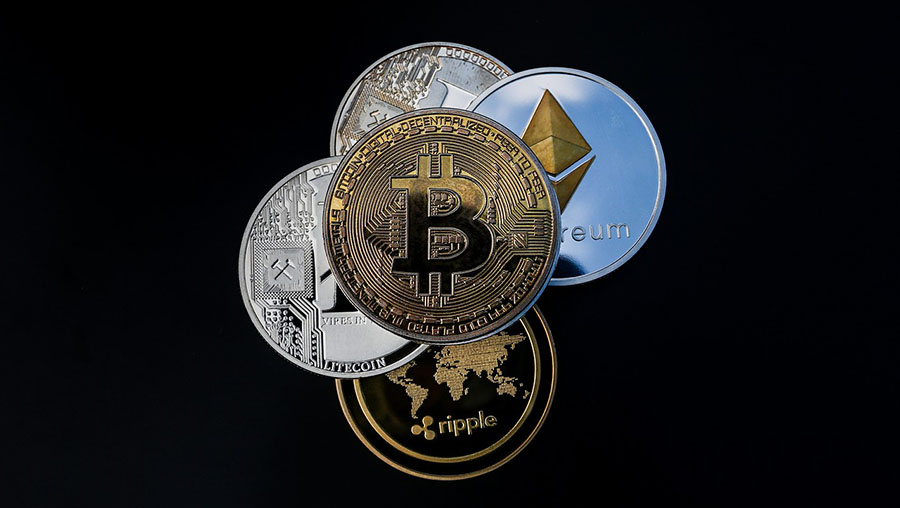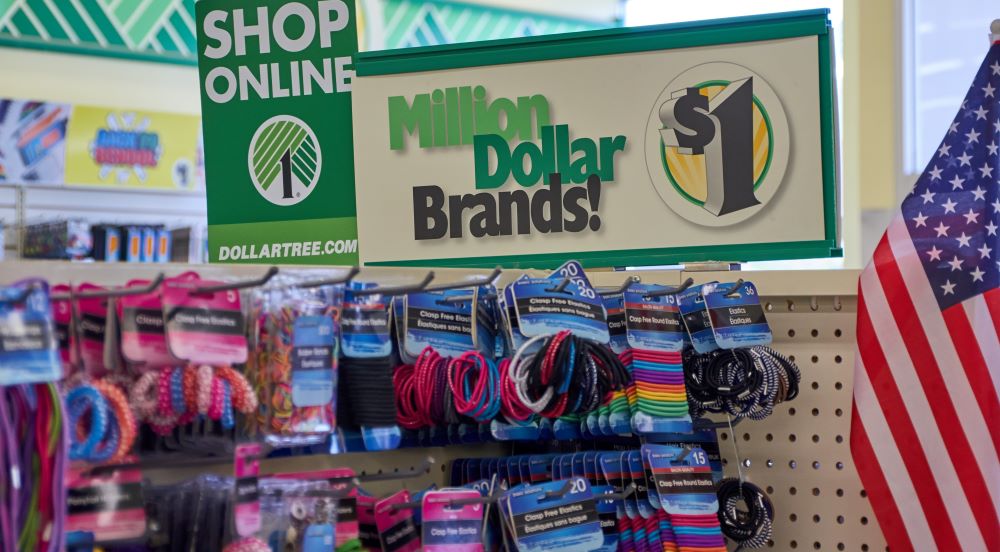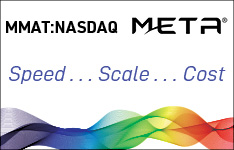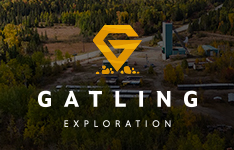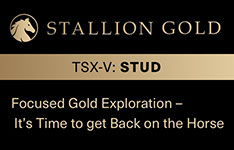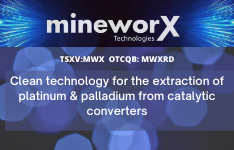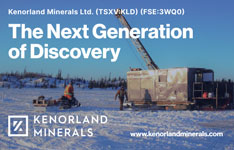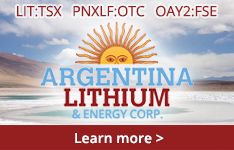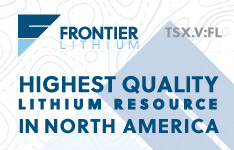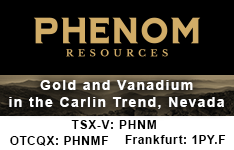Non-fungible tokens (NFTs) have undoubtedly been the hottest topic in the cryptocurrency space this year. While the market is growing rapidly, these assets remain an enigma for many that are not involved, or only casually involved, in the blockchain economy.
As such, MRP would like to present an in-depth breakdown of what NFTs are, how they are created, priced, exchanged, and how tokenization could transform the future of digital transactions.
Topics covered include: NFT valuation and marketplace dynamics, Ethereum (ETH), EIP-1559 and Gas Fees, Decentralized Finance and Apps (DeFi, Dapps), the WAX blockchain and low-cost NFTs
Related ETF & Assets: Amplify Transformational Data Sharing ETF (BLOK), Ethereum (ETH), WAX (WAXP)
Non-fungible tokens (NFTs) have been making big headlines over the last two months and for many not as well versed in crypto-speak, it can all seem very confusing or even nonsensical.
However, there is a case to be made that NFTs may be the next generation of blockchain technology, enabling a future where purchase and ownership of almost any asset can be autonomously validated, recorded, and reviewed with the use of a digital ledger.
NFT markets had their biggest month ever in February, processing more than $340 million in trading volume according to Dapp Radar's February 2021 Industry Report. As Decrypt notes, that is more than all of the NFT volume in 2020 combined.
To receive all of MRP's insights in your inbox Monday–Friday, follow this link for a free 30-day trial. This content was delivered to McAlinden Research Partners clients on March 23.
This month is likely to see significantly more volume, considering Google searches for "NFT" recently hit an all-time high, and the number of weekly users on digital-collectible platforms exceeded 450,000 last week, according to data from The Block.
With that in mind, it seems to be the perfect time to dive into exactly how the NFT marketplace works.
What is an NFT? How Are They Valued?
In the simplest terms, NFTs represent the tokenization of asset ownership on the blockchain. Think of purchasing an original work of art as an example. When a collector buys a piece of artwork, they sign a contract that transfers ownership and then receive a certificate of authenticity to prove that they own the original work, even if there may be unofficial copies out there. NFTs function in a similar way, creating a digital token in the blockchain that cannot be duplicated or copied (hence "non-fungible"), and will track the entire ownership history/selling price of the underlying files(s) on its own.
Any prospective buyer of an NFT asset will be able to see exactly when it was minted, when it was purchased, when it was sold, at what price, and by whom. Therefore, not only is the entire process of generating official ownership decentralized, but all transaction history is also transparent, smoothing out the valuation process.
When an NFT is minted, owners of the asset have the ability to mint more than one "edition" of the piece, just like trading cards. So, theoretically, the originator of an NFT could mint 50 editions (or 500, 5,000, 50,000, and so on) of a piece of art, a video, etc., but following the law of supply and demand, prices for that NFT will likely be lower since it's less rare than something that is minted "1 of 1" (only one edition exists). It is also worth noting that collectibles usually derive value from a lower "mint number"; for example, a mint number 1 of 50 will generally be more valuable than a mint number 10 of 50.
Editions of most NFTs are also able to be "burned" or digitally destroyed. Burning an asset could be useful if you own multiple editions of an artwork and you want to increase the value of the NFT. Again, following the rules of supply and demand, an asset that has only 49 existing editions is going to be more scarce and marginally more valuable than the same asset with 50 editions.
Earlier this month, a blockchain company, Injective Protocol, took "burning" very literally and demonstrated this process in real life. After buying a piece of Banksy artwork and digitizing it as an NFT, they set the physical copy ablaze on a livestream. In a real-world demonstration of NFT pricing dynamics, the value of the NFT did, in fact, increase since it was the only owned edition of the artwork left. The piece, bought by Injective Protocol for $100,000 was then sold as an NFT for 228.69 ETH, or roughly $380,000 at the time.
While that sounds like a lot of information to collect, an efficient NFT ecosystem is already being built out to streamline the availability of information on the blockchain. Platforms like OpenSea.io allow NFT investors to see all available transaction history, number of editions, listings, and bids of a certain asset.
The Most Common Criticism/Question
The most common question asked by those trying to understand NFTs is some variation of "why would I buy something if I could just take a photo of it or download the .jpeg file myself?"
Let us use Leonardo da Vinci's Mona Lisa as an example. You can go into pretty much any art teacher's classroom in America and they'll have a digital copy of the Mona Lisa hanging up somewhere in the room. Obviously, their copy is not the original and they would have a very difficult time trying to sell it as such.
In fact, one of the ways that Mona Lisa derives her value is from the fact that art teachers and other people around the world want to make copies to display. The more people that want to see an artwork, the more intrinsic value it collects. Essentially, one would want their NFT to be something that has been reprinted, reused, etc. because that's where the demand to buy such an asset comes from. Only one person or a group of people can truly own it.
Though the Mona Lisa is virtually "priceless", Stéphane Distinguin, founder and CEO of FABERNOVEL, at least two million tourists travel to Paris strictly to see the painting every year, and that each tourist spends approximately €1,500 ($1,635) during their stay. Therefore, the Mona Lisa is worth at least €3 billion ($3.3 billion) to the French economy annually. Surely, many of those millions take their own photo to bring home and show their friends.
Not only is the Mona Lisa a "1 of 1" mint in NFT terms, but it comes with an assurance of authenticity that can be attested to by experts. As mentioned earlier, the NFT can guarantee authenticity by serving as a decentralized ledger that leads back to the original minting/minter of an asset.
Ethereum, Gas, Dapps, and WAX
The development of Ethereum, a decentralized, open-source blockchain featuring smart contract functionality, has begun to show a much clearer picture of digital assets' potential in recent months, becoming the top platform for decentralized finance (DeFi) as well as NFTs on its blockchain. DeFi is blockchain developers' quest to offer banking and person to person (P2P) exchange services without the necessity of actually needing traditional banking institutions. These services run on decentralized apps, known as dapps.
Compound.finance, for instance, is a dapp that uses an algorithmic, autonomous interest rate protocol built for developers, to unlock a universe of open financial applications. Their primary service is providing a series of decentralized interest rate markets that allow users to supply a liquidity pool of Ethereum-based tokens that borrowers take loans from. On the front page of their website, Compound proudly displays that they currently have more than $12 billion worth of crypto assets earning interest across 10 markets.
Widespread utilization across the DeFi ecosystem has played a huge role in making Ethereum (ETH) the second largest cryptocurrency by market cap, trailing only Bitcoin.
Ethereum now serves as the largest platform for other tokens to be built out on top of. Other popular cryptocurrencies like Tether USD (USDT), ChainLink (LINK), Uniswap (UNI), and many others are Ethereum tokens on the ERC-20 standard.
ETH has also become extremely valuable, rising 130% since the beginning of the year to about $1700 per token. According to data from cryptocurrency analyst Santiment, the ratio of ETH supply on exchanges to the cryptocurrency's total supply is at a 28-month low. Specifically, the percentage of ETH on exchanges dipped below 20%. This is the lowest it has been since the analyst began recording the data.
When it comes to NFTs, popular dapps like Opensea, Rarible, and CryptoPunks largely serve as exchanges for assets. The most popular crypto used as payment for these assets is ETH.
According to decentralized application data aggregator DappRadar, the top 10 decentralized NFT dapps now represent more than $10 million in daily volume. NBA Top Shot, an online forum for trading virtual basketball cards, is top of that list, counting at least 433,000 users for the week starting March 14 and daily volume exceeding $5 million.
A continual problem with ETH, however, is that it is growing so quickly that the network cannot keep up. Ethereum runs on what is called "<href="#:~:text=Gas%20is%20paid%20to%20miners,block%20%E2%80%94%20to%20maximize%20their%20earnings.&text=The%20more%20complex%20the%20transaction,the%20higher%20the%20associated%20fees.">gas", a fee paid to miners to process and validate transactions. For a simple purchase or swap of ETH for another token, these fees are very small, but NFT transactions require more complex smart contract origination, driving up the gas fee and making a lot of purchases relatively uneconomical.
On larger purchase prices that may be in the thousands or millions of dollars, a $50 fee tacked on at the end isn't going to matter much, but the reality is that locks out many smaller artists and investors from the market.
For instance, if you want to buy a $5 NFT on Rarible.com, you may end up paying a gas fee that is much steeper than the cost of the asset itself. Odds are, unless you think the gas fee will eventually pay for itself via the appreciation of the asset (or you just really love this work of art), you will think twice about buying an NFT that's going to cost you multiples of the sticker price.
Ethereum developers hope that an upgrade to the network (called EIP-1559), coming this July, will help to ease gas fees by replacing them with "base fees", but that is a long way off.
In the here and now, platforms like WAX are offering solutions.
Short for Worldwide Asset eXchange, WAX uses its native WAXP token to democratize the minting and trading of NFTs. Unlike Ethereum, it was designed specifically for exchanging NFTs. Transactions are instantaneous, and it doesn't require gas fees. As ONE37PM.com writes, brands using WAX to create collectibles have included Animoca's Bratz, Capcom's Street Fighter, DeadMau5, Atari and Topps's Garbage Pail Kids.
Through marketplaces like wax.atomichub.io and nfthive.io, WAXP has exploded in popularity since last Autumn, rivaling Bitcoin's gains over the same period. WAX NFTs typically sell for much smaller dollar amounts than the ETH-denominated NFTs, which makes it a growth engine for smaller artists, developers, and investors.
Unlike the Ethereum network, which runs on a proof of work model, WAX runs on delegated proof of stake. Instead of miners having to utilize powerful computers to solve complex equations, owners of WAX can stake their WAXP tokens on the network to power transactions and increase scalability.
Staking will also enabled on ETH as part of "Ethereum 2.0" (the period after EIP-1559 is implemented), which will usher in a new era of the crypto economy, as well as the potential for a golden age in NFTs.
Amid a boom in institutional adoption, expansion of blockchain technology, and an oncoming boom in crypto firm IPOs and other public listings, MRP is re-iterating our LONG Digital Payments theme – which we added to our list of themes on February 5, 2021.
Just days later, the biggest Bitcoin (BTC) headline of the year broke when EV giant Tesla, Inc. (TSLA) announced that they'd purchased $1.5 billion-worth of BTC and would begin research on supporting Bitcoin payments for their products. Tesla disclosed that their purchase was made at some point in January, meaning that the return on that investment (excluding fees), could be anywhere between $309 billion and roughly $1 trillion.
Tesla is far from the biggest institutional investor in Bitcoin, however. The world's largest publicly-traded business intelligence company, MicroStrategy Inc. (MSTR), holds that title – now boasting $4.45 billion-worth of BTC on their balance sheet.
We want to be clear that this theme is NOT a theme on Bitcoin or any other individual cryptocurrency. Rather, our Digital Payments theme is meant to track the growth of businesses adopting blockchain technologies at various levels throughout the digital asset ecosystem.
We will track this theme with the Amplify Transformational Data Sharing ETF (BLOK), a diversified ETF that provides exposure to several different players in digital payments: blockchain-based mining firms, major payment processors, hardware producers, institutional investors, and even leading ecommerce platforms that accept digital assets as payment. By using this ETF, the performance of our theme will not dependent on day to day price changes in digital assets like BTC.
Since the launch of our theme, BLOK has generated a return of +28%, vastly outperforming the S&P 500's gain of just 1% over the same period.
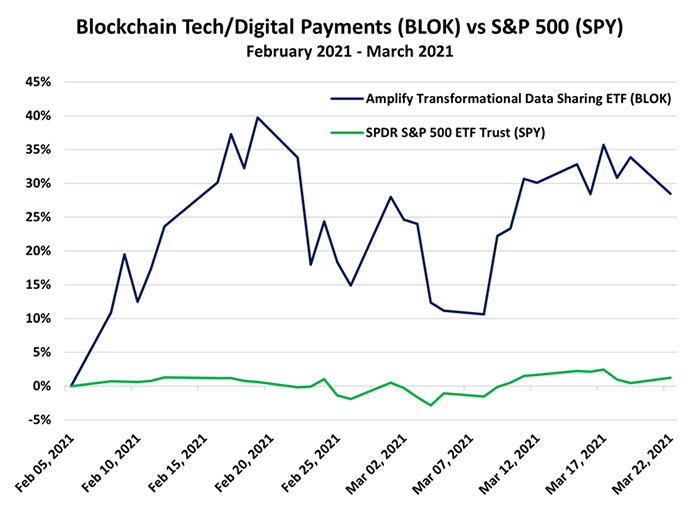
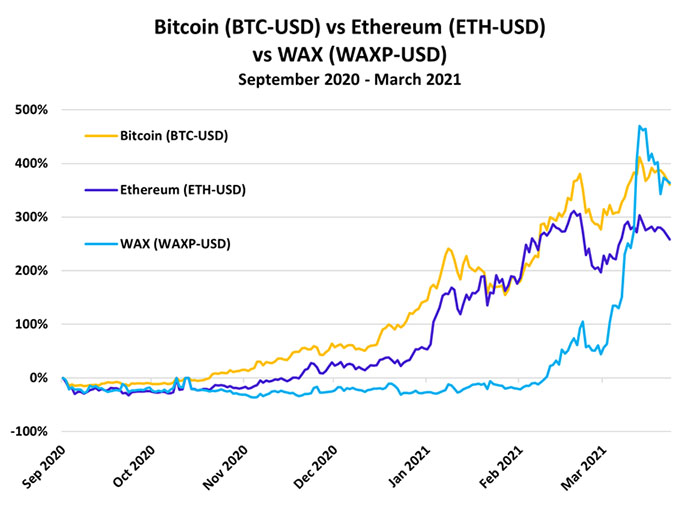
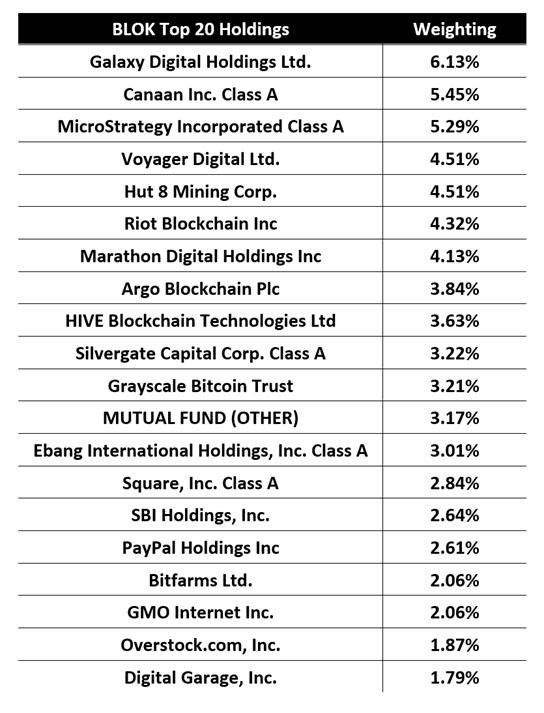
Originally published March 23, 2021.
 McAlinden Research Partners (MRP) provides independent investment strategy research to investors worldwide. The firm's mission is to identify alpha-generating investment themes early in their unfolding and bring them to its clients' attention. MRP's research process reflects founder Joe McAlinden's 50 years of experience on Wall Street. The methodologies he developed as chief investment officer of Morgan Stanley Investment Management, where he oversaw more than $400 billion in assets, provide the foundation for the strategy research MRP now brings to hedge funds, pension funds, sovereign wealth funds and other asset managers around the globe.
McAlinden Research Partners (MRP) provides independent investment strategy research to investors worldwide. The firm's mission is to identify alpha-generating investment themes early in their unfolding and bring them to its clients' attention. MRP's research process reflects founder Joe McAlinden's 50 years of experience on Wall Street. The methodologies he developed as chief investment officer of Morgan Stanley Investment Management, where he oversaw more than $400 billion in assets, provide the foundation for the strategy research MRP now brings to hedge funds, pension funds, sovereign wealth funds and other asset managers around the globe.
[NLINSERT]
Disclosure:
1) McAlinden Research Partners disclosures are below.
2) The following companies mentioned in this article are billboard sponsors of Streetwise Reports: None. Click here for important disclosures about sponsor fees. The information provided above is for informational purposes only and is not a recommendation to buy or sell any security.
3) Statements and opinions expressed are the opinions of the author and not of Streetwise Reports or its officers. The author is wholly responsible for the validity of the statements. The author was not paid by Streetwise Reports for this article. Streetwise Reports was not paid by the author to publish or syndicate this article. Streetwise Reports requires contributing authors to disclose any shareholdings in, or economic relationships with, companies that they write about. Streetwise Reports relies upon the authors to accurately provide this information and Streetwise Reports has no means of verifying its accuracy.
4) This article does not constitute investment advice. Each reader is encouraged to consult with his or her individual financial professional and any action a reader takes as a result of information presented here is his or her own responsibility. By opening this page, each reader accepts and agrees to Streetwise Reports' terms of use and full legal disclaimer. This article is not a solicitation for investment. Streetwise Reports does not render general or specific investment advice and the information on Streetwise Reports should not be considered a recommendation to buy or sell any security. Streetwise Reports does not endorse or recommend the business, products, services or securities of any company mentioned on Streetwise Reports.
5) From time to time, Streetwise Reports LLC and its directors, officers, employees or members of their families, as well as persons interviewed for articles and interviews on the site, may have a long or short position in securities mentioned. Directors, officers, employees or members of their immediate families are prohibited from making purchases and/or sales of those securities in the open market or otherwise from the time of the decision to publish an article until three business days after the publication of the article. The foregoing prohibition does not apply to articles that in substance only restate previously published company releases. As of the date of this article, officers and/or employees of Streetwise Reports LLC (including members of their household) own securities of Tesla, a company mentioned in this article.
McAlinden Research Partners:
This report has been prepared solely for informational purposes and is not an offer to buy/sell/endorse or a solicitation of an offer to buy/sell/endorse Interests or any other security or instrument or to participate in any trading or investment strategy. No representation or warranty (express or implied) is made or can be given with respect to the sequence, accuracy, completeness, or timeliness of the information in this Report. Unless otherwise noted, all information is sourced from public data.
McAlinden Research Partners is a division of Catalpa Capital Advisors, LLC (CCA), a Registered Investment Advisor. References to specific securities, asset classes and financial markets discussed herein are for illustrative purposes only and should not be interpreted as recommendations to purchase or sell such securities. CCA, MRP, employees and direct affiliates of the firm may or may not own any of the securities mentioned in the report at the time of publication.


